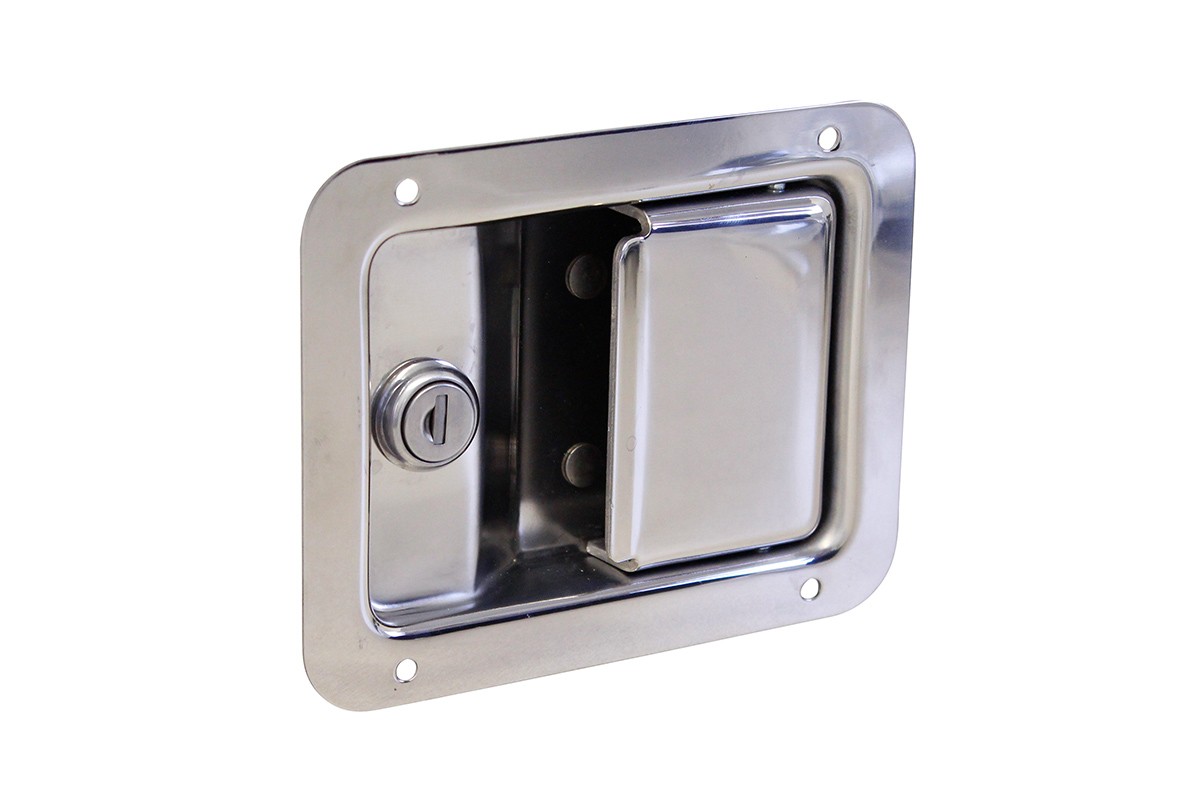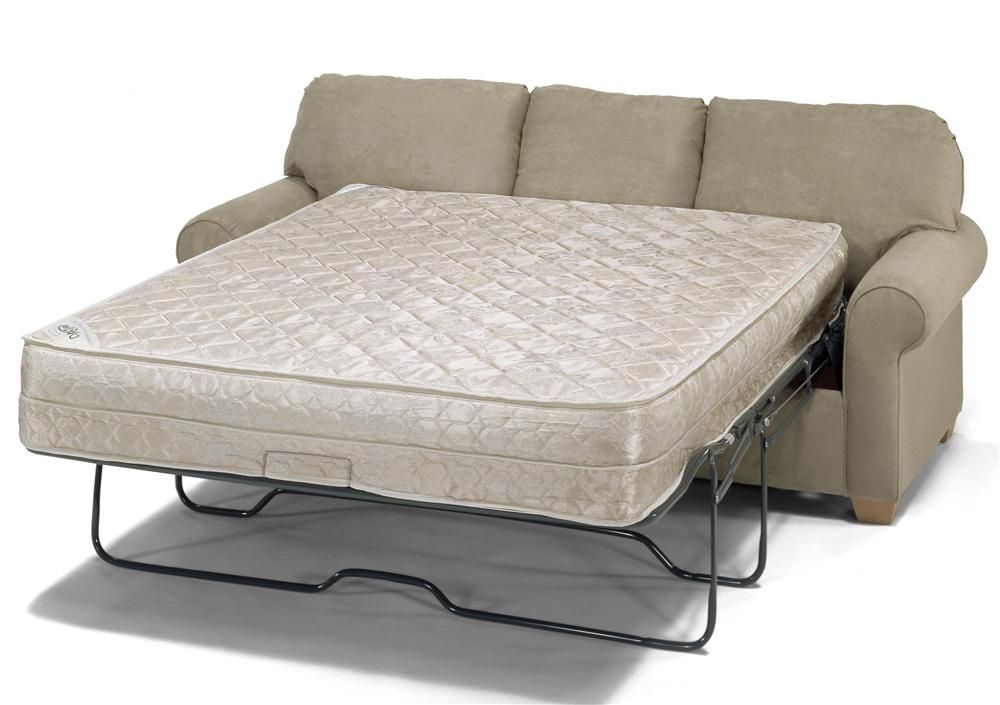Equal Versus Asymmetrical Kitchen Sink Bowl
Kitchen sinks are an essential part of any kitchen, and choosing the right one can make a big difference in functionality and style. One important decision to make when selecting a kitchen sink is whether to go for an equal or asymmetrical bowl design. Both have their own unique advantages and disadvantages, so it's important to understand the differences between them before making a decision. In this article, we'll be discussing the top 10 differences between equal and asymmetrical kitchen sink bowls.
1. Bowl Size and Capacity
The first and most obvious difference between equal and asymmetrical kitchen sink bowls is their size and capacity. As the name suggests, equal bowl sinks have two identical bowls of the same size and depth, providing equal space for each side. On the other hand, asymmetrical bowls have one larger bowl and one smaller bowl, offering different capacities for each side.
When it comes to bowl size and capacity, it ultimately depends on your personal preferences and needs. If you have a large family or frequently cook and do dishes, an equal bowl sink may be more practical as it provides more space for soaking and washing. However, if you have limited counter space or prefer a more streamlined look, an asymmetrical bowl sink may be a better fit.
2. Functionality and Versatility
Equal bowl sinks are known for their versatility and functionality. With two equal-sized bowls, they provide the option for multitasking, such as soaking dishes on one side while washing on the other. This can also come in handy for separating dishes for different purposes, such as rinsing vegetables in one bowl and washing dishes in the other.
On the other hand, asymmetrical bowl sinks may not offer the same versatility, as one bowl is significantly larger than the other. However, this doesn't mean they are not functional. Asymmetrical bowls can still be useful for those who prefer to have a larger bowl for washing bigger items, such as pots and pans, and a smaller bowl for daily dishwashing.
3. Visual Appeal
In terms of visual appeal, both equal and asymmetrical bowl sinks have their own unique charm. Equal bowl sinks offer a symmetrical and balanced look, which can be aesthetically pleasing to some people. They also provide a more traditional and classic feel to the kitchen.
On the other hand, asymmetrical bowl sinks offer a more modern and contemporary look. With the uneven bowl sizes, they can add an interesting and unique touch to the kitchen. They are also great for those who want to make a statement and add a touch of personality to their kitchen design.
4. Cleaning and Maintenance
When it comes to cleaning and maintenance, equal bowl sinks may have an advantage. With two equal bowls, they are easier to clean and maintain compared to asymmetrical bowl sinks. This is especially true for cleaning the sink itself, as well as the surrounding countertops and dishes.
Asymmetrical bowl sinks may require a bit more effort and time to clean, as the larger bowl can be more challenging to reach and clean thoroughly. However, with proper cleaning and maintenance habits, both equal and asymmetrical bowl sinks can be kept in great condition.
5. Cost
Cost is another significant factor to consider when choosing between equal and asymmetrical kitchen sink bowls. Generally, equal bowl sinks tend to be more budget-friendly compared to asymmetrical bowl sinks. This is because asymmetrical bowl sinks require more materials and construction to create the different bowl sizes.
However, the cost difference may not be significant, and it ultimately depends on the specific sink and brand you choose. It's always a good idea to compare prices and do some research before making a decision.
6. Compatibility with Countertops
When it comes to compatibility with countertops, both equal and asymmetrical bowl sinks can work with most types of countertops. However, asymmetrical bowl sinks may be more challenging to install on certain countertops, such as granite or marble, due to the uneven weight distribution of the bowls.
It's always best to consult with a professional before making a decision to ensure compatibility with your specific countertop material.
7. Available Features
Equal and asymmetrical bowl sinks may also differ in terms of available features. Equal bowl sinks tend to offer more options for additional features, such as a built-in drainboard or cutting board. This is because manufacturers can easily replicate the same features for both bowls.
On the other hand, asymmetrical bowl sinks may have limited options for additional features, as the different bowl sizes may not allow for the same features to be applied to both sides.
8. Splashback and Water Flow
One potential downside of equal bowl sinks is that they may have a higher risk of splashback and water flow issues. With two equal bowls, it can be challenging to direct water flow and prevent splashing onto the countertops and surrounding area. This can be especially problematic for those with limited counter space.
Asymmetrical bowl sinks, on the other hand, may have better water flow control as the larger bowl can provide a barrier for splashing. However, this can also depend on the specific design of the sink and the faucet placement.
9. Sink Materials
Both equal and asymmetrical bowl sinks are available in a variety of materials, such as stainless steel, porcelain, and granite. However, certain materials may be more suited for one design over the other. For example, stainless steel is a popular choice for equal bowl sinks due to its durability and versatility, while porcelain may be better suited for asymmetrical bowl sinks due to its delicate look.
It's always essential to consider the material of the sink and how it complements your overall kitchen design.
The Advantages of Choosing an Equal or Asymmetrical Kitchen Sink Bowl
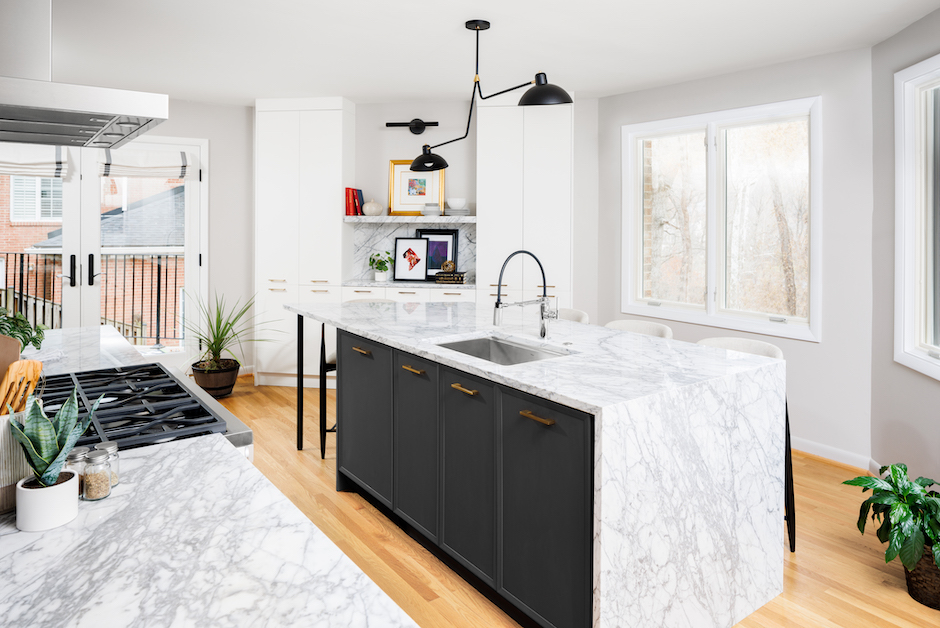
Choosing the right kitchen sink bowl is an important decision in any house design. It not only affects the overall aesthetic of the kitchen, but it also impacts the functionality and efficiency of daily tasks. There are two main options when it comes to sink bowls: equal and asymmetrical. While both have their own unique benefits, it ultimately comes down to personal preference and the specific needs of the household.

When it comes to an equal kitchen sink bowl, the two bowls are exactly the same size and depth. This creates a symmetrical and uniform look, which is great for a clean and minimalist design. It also allows for equal space and depth for both bowls, making it easier to wash larger items or use both bowls simultaneously.
On the other hand, an asymmetrical kitchen sink bowl offers a more dynamic and versatile option. With one bowl being larger and deeper than the other, it allows for more flexibility in daily use. The larger bowl can be used for soaking or washing larger items, while the smaller bowl can be used for prepping or rinsing. This is especially beneficial for households that cook and entertain frequently.
One of the main considerations when choosing between an equal or asymmetrical kitchen sink bowl is the size of the kitchen. For smaller kitchens, an equal sink bowl may be more practical as it takes up less counter space. However, for larger kitchens with ample counter space, an asymmetrical sink bowl can add a unique and functional element to the design.
Another important factor to consider is the type of tasks that will be performed in the sink. For households that do a lot of cooking and meal prep, an asymmetrical sink bowl may be more beneficial as it allows for more versatility in daily tasks. However, for households that primarily use the sink for washing dishes, an equal sink bowl may be a more efficient choice.
Ultimately, the decision between an equal or asymmetrical kitchen sink bowl comes down to personal preference and the specific needs of the household. Both options have their own advantages and can contribute to a well-designed and functional kitchen. When choosing a sink bowl, it's important to consider the size and layout of the kitchen, as well as the types of tasks that will be performed in the sink. By carefully considering these factors, you can make an informed decision and create the perfect kitchen for your home.
Featured keywords: equal, asymmetrical, kitchen sink bowl, house design, aesthetic, functionality, efficiency, personal preference, household, uniform, dynamic, versatile, practical, counter space, unique, functional, decision, layout.



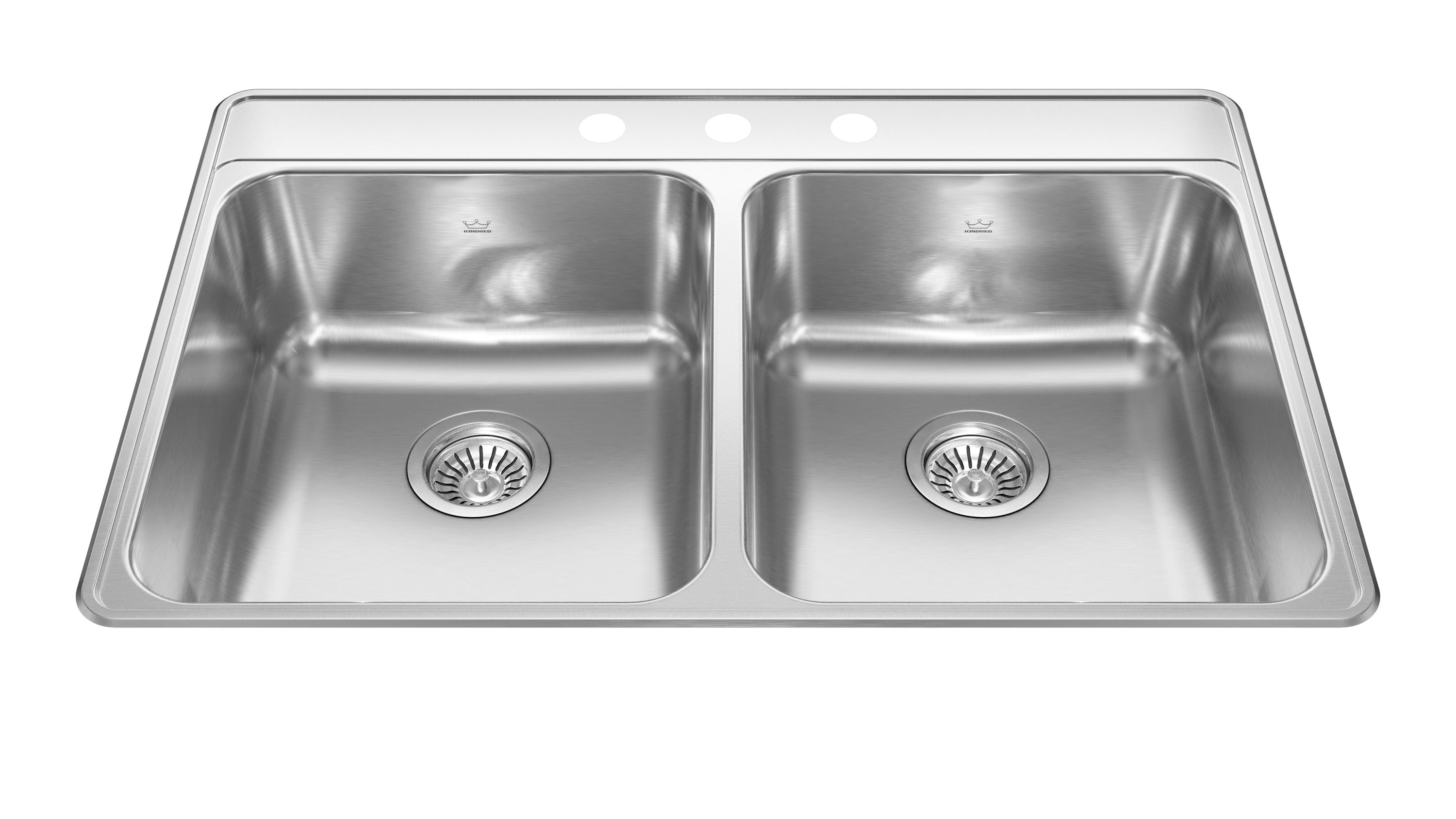



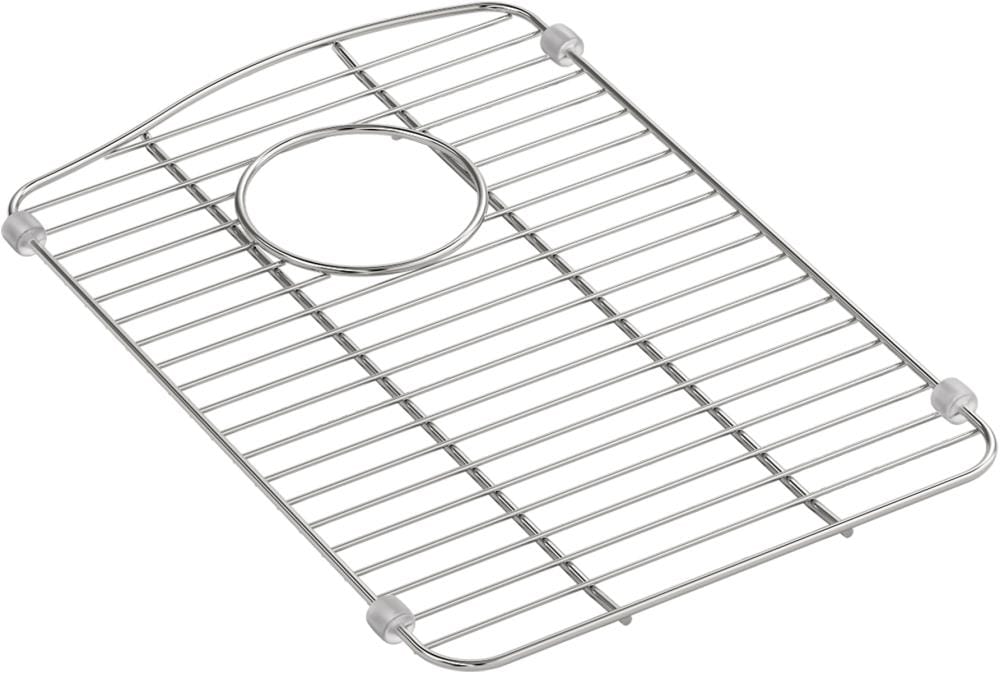






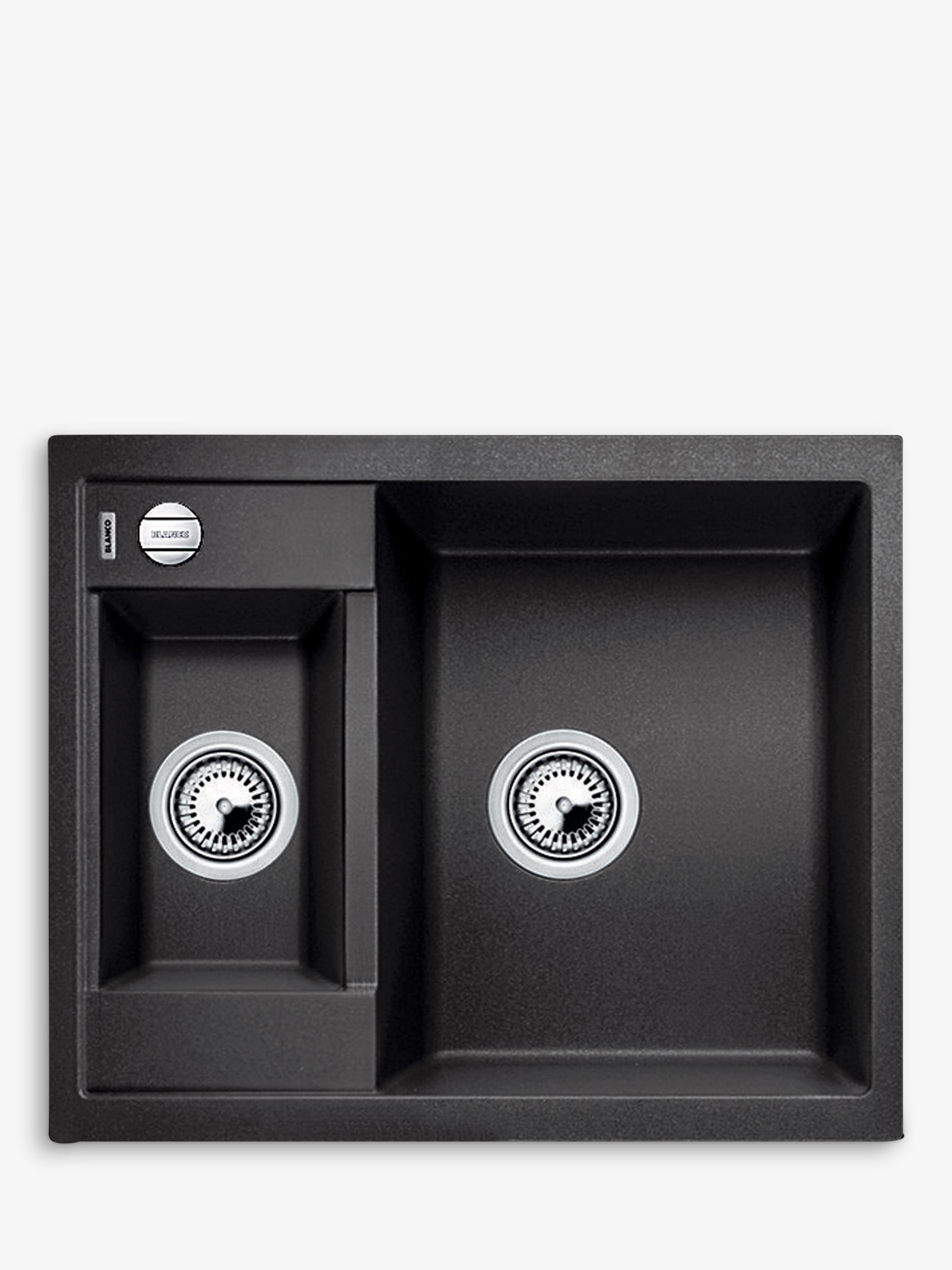






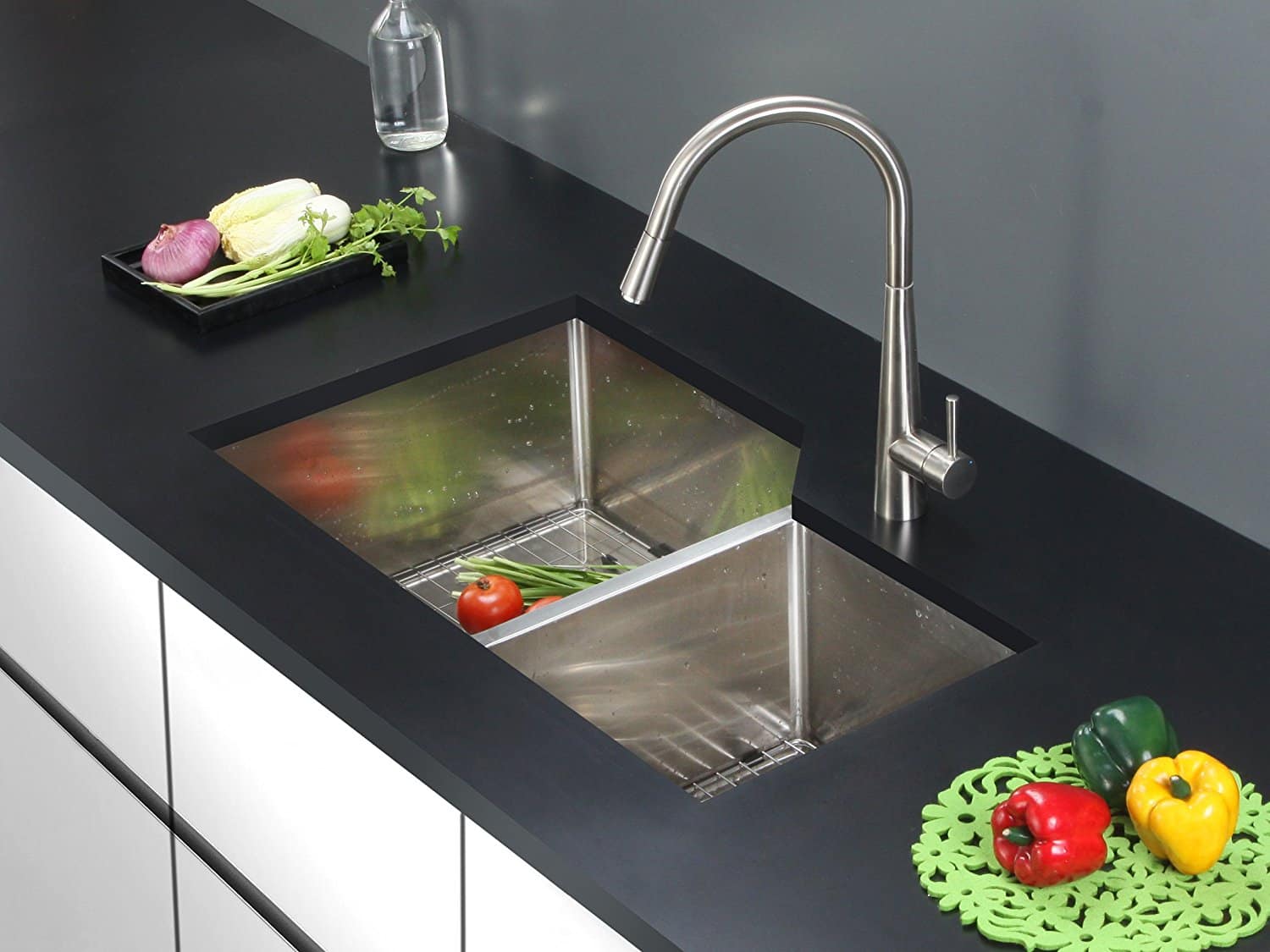
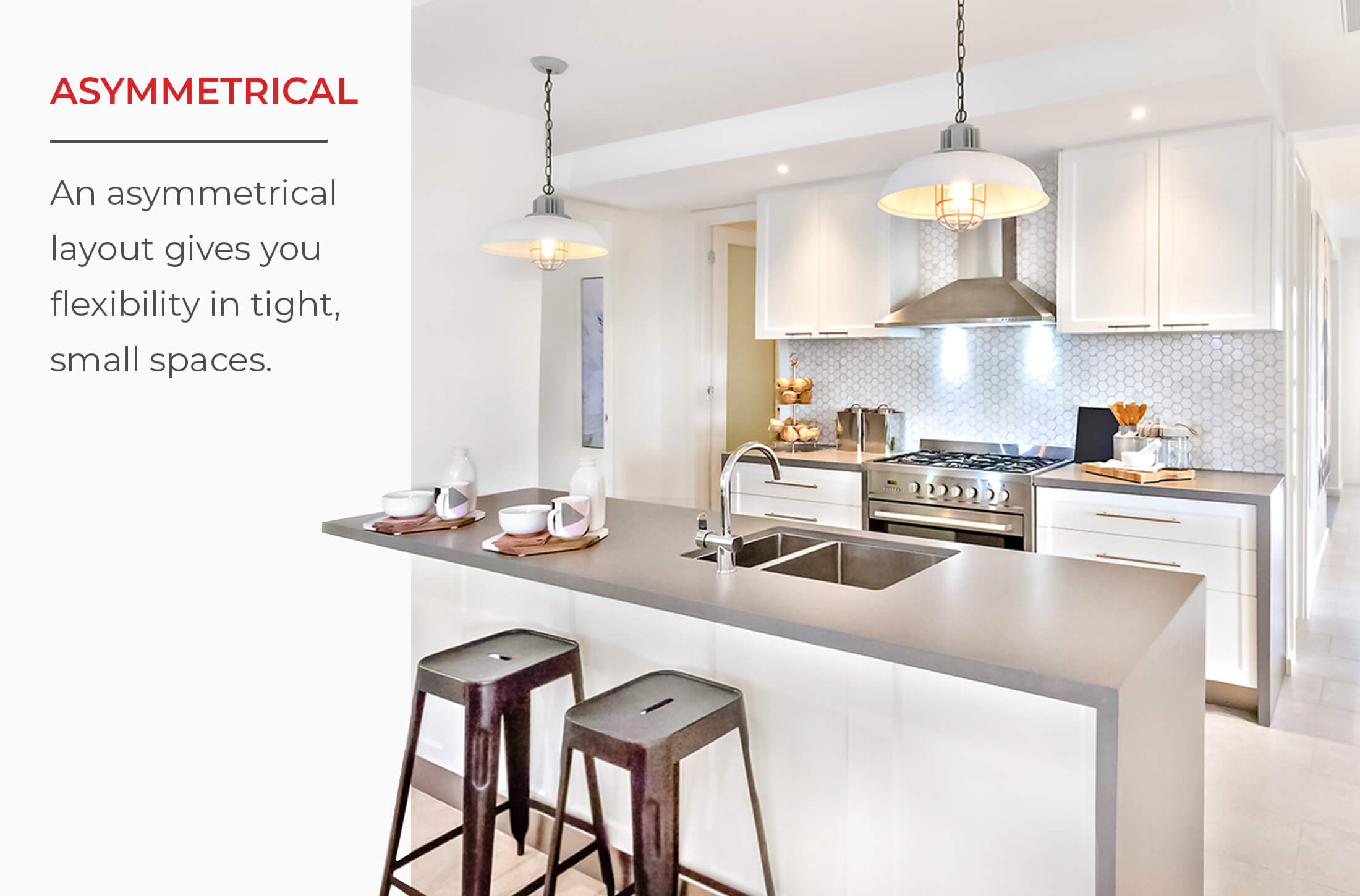

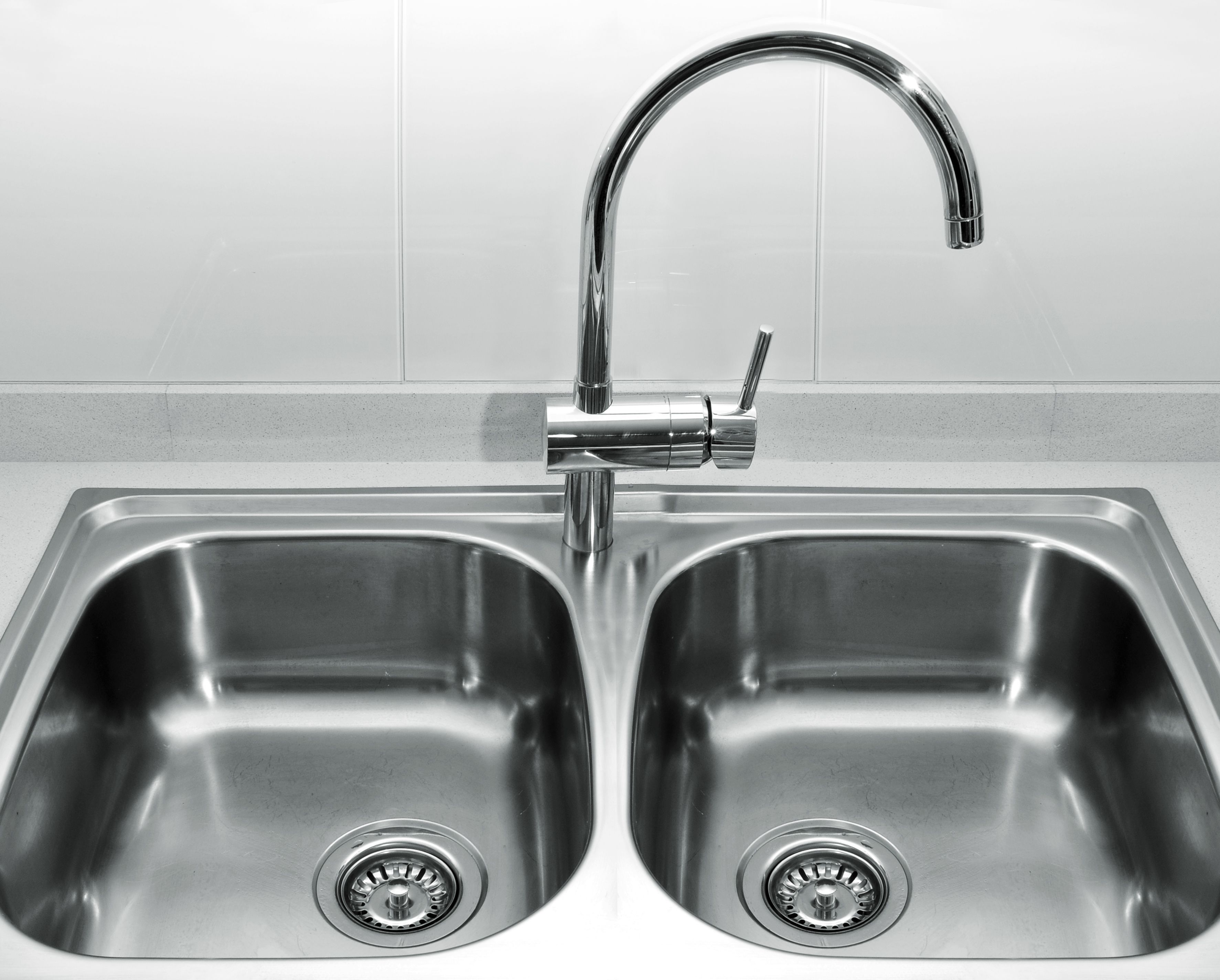

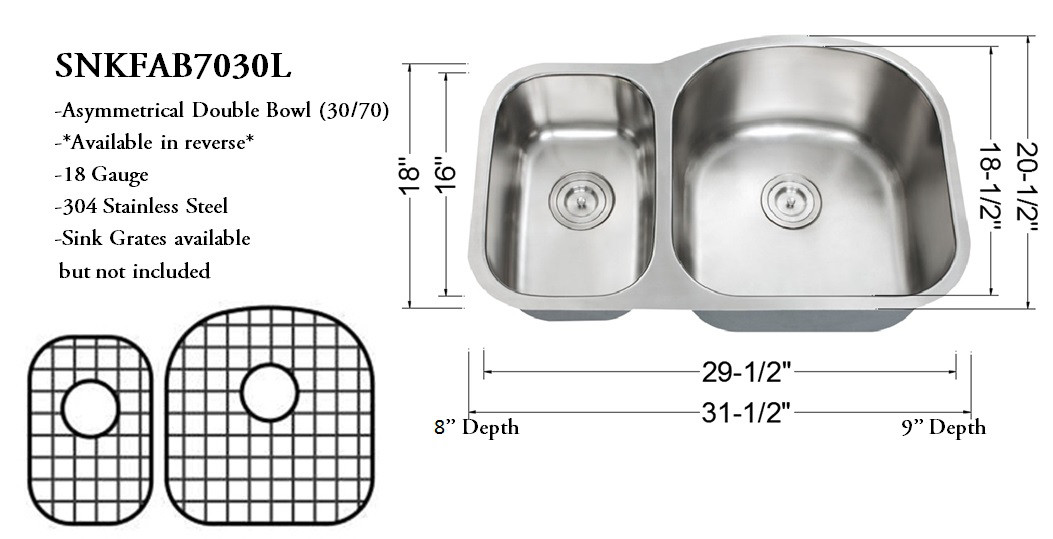

:no_upscale()/cdn.vox-cdn.com/uploads/chorus_image/image/62595106/4W9A1303.0.0.jpg)


